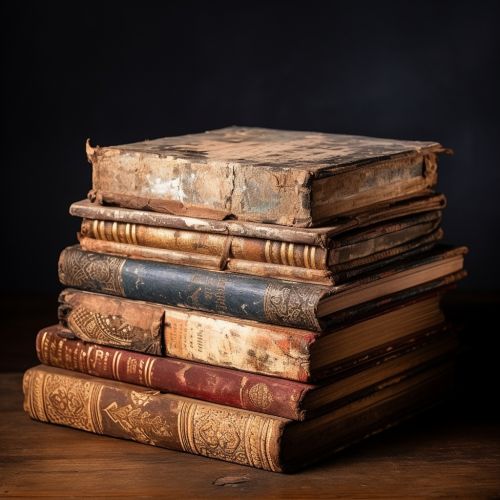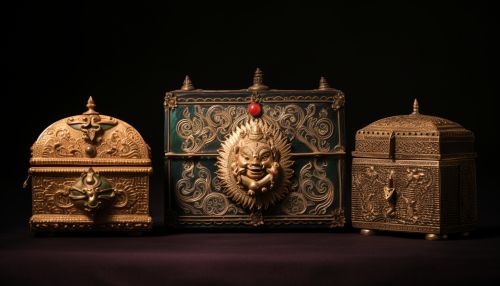Vedangas
Introduction
The Vedangas (Sanskrit: वेदाङ्ग, Vedāṅga) are six auxiliary disciplines in Vedic culture that developed in ancient India. These are traditionally associated with the study of the Vedas, the oldest scriptures of Hinduism. The six subjects of Vedanga are: Śikṣā (phonetics, phonology, pronunciation), Chandas (meter, prosody), Vyākaraṇa (grammar and linguistic analysis), Nirukta (etymology, explanation of words), Jyotiṣa (astrology, astronomy), and Kalpa (ritual instructions, arts, crafts, and ceremonial rites).


Origin and Development
The term Vedanga means "limb of the Veda". The Vedangas were considered as tools to thoroughly understand and correctly interpret the Vedas. They were likely developed during the 1st millennium BCE, during the late Brahmanical period. The earliest mention of the Vedangas can be found in the Mundaka Upanishad, which is dated to be around the 5th century BCE.
Śikṣā
Śikṣā is the study of phonetics, phonology, and pronunciation. This auxiliary discipline is focused on the correct pronunciation of Vedic texts and the manner of chanting and recitation. The earliest Śikṣā texts include the Pratishakyas, which provide rules for the intonation and pronunciation of the Vedic mantras.
Chandas
Chandas refers to the study of Vedic meter and prosody. The Chandas texts provide the rules for the different meters used in the Vedic hymns. The most well-known text in this field is the Chandas sutras of Pingala, which also includes the earliest known description of binary numbers.
Vyākaraṇa
Vyākaraṇa is the study of grammar and linguistic analysis. The most famous grammarian of ancient India is Pāṇini, whose grammar (Ashtadhyayi) is still the most complete and sophisticated of any Sanskrit grammar that has ever been composed.
Nirukta
Nirukta is the study of etymology, particularly in the interpretation of Sanskrit words in the Vedas. The main scholar of Nirukta was Yāska, who composed the Nirukta, the oldest Indian treatise on etymology, philology, and semantics.
Jyotiṣa
Jyotiṣa is the study of astrology and astronomy. It was considered important in the timing of rituals and understanding the calendar. The earliest text on Jyotiṣa is the Vedanga Jyotisha, which provides rules for tracking the movements of the sun and the moon.
Kalpa
Kalpa is the study of ritual instructions, arts, crafts, and ceremonial rites. The Kalpa Vedanga texts include the Grihya Sutras, which explain the rituals and ceremonies to be performed in the domestic sphere, and the Shrauta Sutras, which detail more elaborate ceremonies.
Conclusion
The Vedangas are a critical part of the Vedic tradition, providing the tools necessary for a thorough understanding and correct interpretation of the Vedas. They represent a vast body of knowledge and learning that has influenced and shaped Indian culture and thought for millennia.
